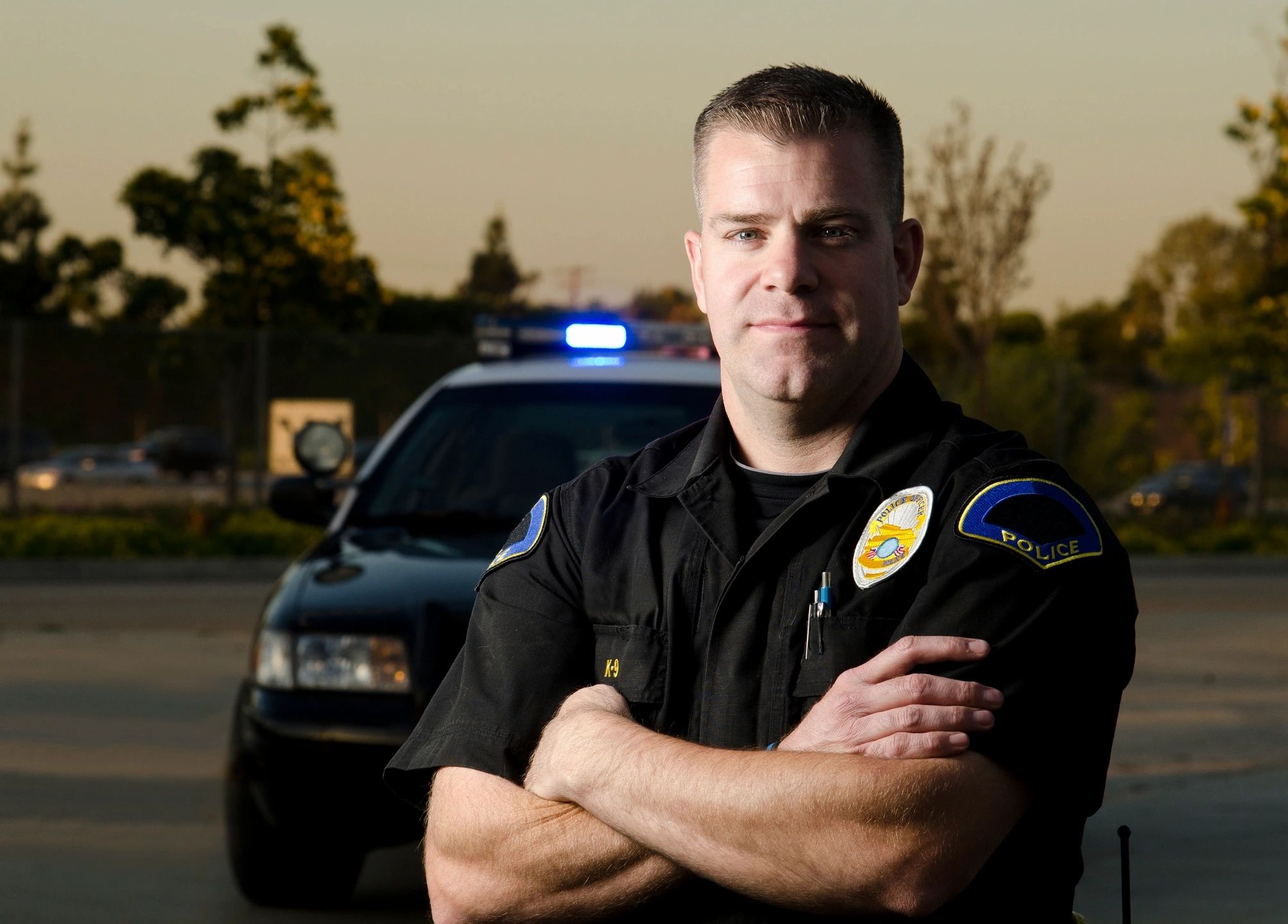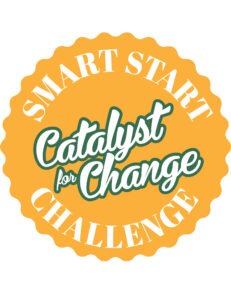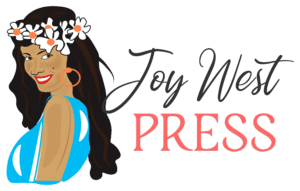The Story of Sheriff Tom
After spending my first three years working to turn around a failing middle school, I decided to specialize my teaching practice with a position at a juvenile justice nonprofit. They had secured an innovative program grant to open a new school facility for boys in 7-8th grade. It was a preventative model, a startup with a staff of about 10 and 35-40 boys aged 13-15 and I was teaching Language Arts.
I will always remember the first day of training by Sheriff Tom and the official Florida Juvenile Justice procedures for PAR (Protective Action Response). Before he began the hands-on training of approved stances, body moves and countermoves, he said something that struck deep into my heart. He said…
“Whatever you may believe about these children, you are probably wrong. These kids are not like the ones you raised, or how you were raised – the things you take for granted, are not part of these childrens’ experiences. (he paused) These babies have been hated from birth. They were not wanted, they are not cared for, many have not been fed or read any bedtime stories. They are fighters for survival, and that changes everything in a child.”
He was a giant standing at the front of the room, his huge chest with a golden shield. The room was silent. He went on; it is not about economics or race, some parents just don’t do a good job. Far too many parents contribute to the trauma. Years go by and there are a million reasons why kids get into trouble after being dealt a crappy hand of the cards of life. Looking back on it, it was an incredible way to start a training class about the nitty gritty of law enforcement.
I decided then and there to love-on every one of these kids as much as possible, it is easy to identify which ones need it. In a typical school, experts say students need a 3-1 or 5-1 affirmations to correction ratio, I decided to double it. Being a cheerleader and my “All-Star Teaching” method was born out of a “Think Like a Champion” idea for students who are failing primarily for lack of effort and motivation. (Get the book here!)
The best part of teaching English/Language Arts is that the standards are the same from kindergarten to graduation. The progression is with difficulty of text and demonstrating critical thinking. This means, every student has the skills to meet the standards, it is just a matter of the text complexity level. You might not realize it, but looking at a painting is a low text level and describing the emotions you feel demonstrates mastery of the standard if you say the pink flower (in the picture) makes you feel happy because it is such a beautiful color.
So the highest levels of critical thinking involve forming an opinion based on some information and then expressing your thinking. Every teenager wants to be heard, how easy would it be to create an assignment using the standards but turning it into something the students are interested in? Turns out, it’s really simple for me to do this.
I approach every lesson plan and unit like an exercise in Abraham Maslow’s pyramid of actualization. Current events and social emotional learning are interwoven into my English/Language Arts courses. My discipline plan uses a behavioral scorecard that is student directed to improve intrinsic motivation which is non-existent for these students.
One of the challenges these students face is the very real mental health factor of an injury or trauma. When someone faces difficulty or is hurt, they need a certain amount of strength to bounce back. The students who were identified as being “at-risk” were at “risk” earlier in their life, by the time they get to high school they are wounded and traumatized.
Research in resilience shows that family/social support is important, but so is having a successful meaningful outcome. When family/social has been part of the problem, the need for ANY positive event is critical. Students need assignments they can not fail at accomplishing while at the same time feeling the lessons are worthwhile to them. Service learning is proven effective for social and emotional healing and improved self-worth and confidence.
Studies are also showing that it is possible to “fake it until you make it”. If you can produce something once, you will be able to produce it again at a higher level. Every athlete knows this and yet so many teenagers do not. Just like muscles, you can build up your brain power, it just takes practice and a really good cheerleader.
Trauma-informed teaching can transform lives!
Trauma-informed teaching is growing within our profession and I am supporting it 1000%. It begins with an awareness of unique student needs and demands creativity in teaching practice. Children who have experienced trauma (no matter how insignificant it may seem to us) need a specialized teacher who understands the whole picture. Struggling students are wounded and need a unique academic prescription.
The “Achievement Gap” placed the focus at what was missing, instead of trying to build on what students have accomplished and whatever hurdle needs to be overcome. If we can recognize the trauma, it can be healed so growth and learning can begin. Teachers have become so content focused, we forget about the whole-student. Abraham Maslow and the steps to actualization have to be the priority.
Covid has provided a unique opportunity to approach teaching with new ideas and methods. It has exposed so many areas of weakness that school districts have to adapt to improve. Everything from technology to music classes needs to be examined for ways to make education exciting again.
Every student deserves their talents to be developed and nurtured, one size fits will never work. Trauma informed teaching needs to be expanded in our professional development and classroom practices. We can apply our experiences and develop a way to help a growing student demographic. Let’s specialize and help students with therapeutic and research based lesson planning and academic interventions. Ask me about the Smart Start Challenge and how to empower your students to succeed.
Let’s chat – Ask Ms. Peck



